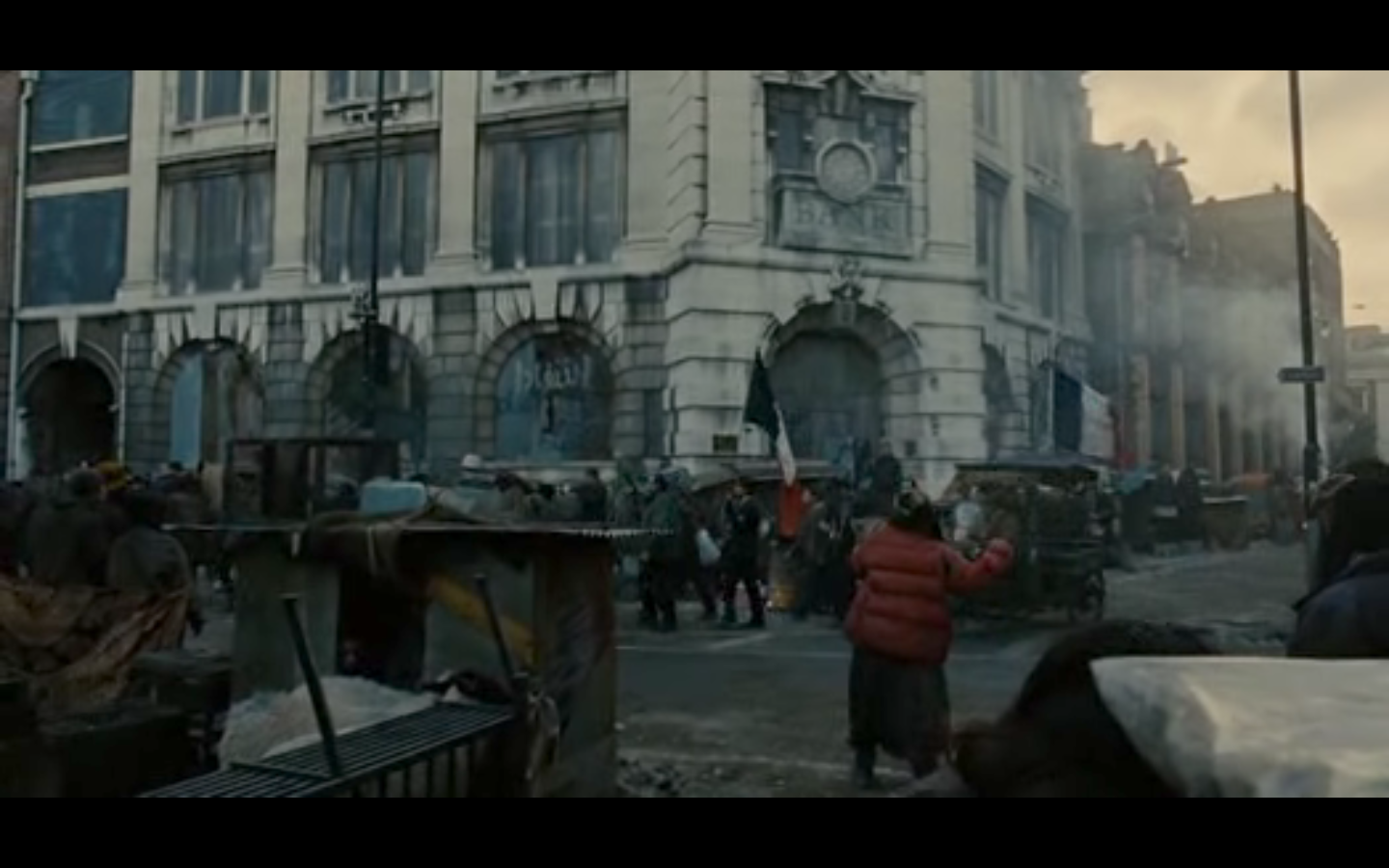Relevance of work to proposal:
This semester I have pursued the
investigation of apocalyptic, dystopic and utopic imagery. I wanted to
investigate the reasoning and theory behind this imagery both in historic and
contemporary times, and either enhance or undermine our reading of recurring
signifiers and motifs by their presence in landscape arrangements. The final
works are relevant to my proposal as I have directly addressed these ideas and
reinterpreted the images and text I researched from film, television and
written sources, but has evolved from my original title of Before the
Apocalypse to become Apocalypse, Dystopia, Utopia - A Study
to not only present but deconstruct such notions.
Conceptual development:
My ideas have developed this semester from
wishing to depict the stages of apocalyptic development as mutually exclusive
temporal events, to bringing the motifs and signifiers together in a
simultaneous staging. Originally, I intended to depict the distinct settings of
the foreshadowing of an apocalypse, the event itself, the immediate aftermath,
and then visions of what we imagine rises from the ashes. However, from reading
the theoretical ideas of Margaret Atwood I realised that there cannot be a
utopia without elements of a dystopia, or a dystopia without elements of a
utopia. Hence, I realised that these ideas are not mutually exclusive, and
developed an artistic curiosity as to how the incorporation of apocalyptic
imagery also would affect the reading of the final works in a visual confusion.
As ideas that have no basis in the real and only exist in art, they are also
subjective. Therefore, my depiction of the ideas underscores artificiality and
deconstruction, asking the viewer to question the basis for such thoughts and
undermine their supposedly ‘sublime’ nature. I also became engrossed in the
writing of 17th century poet John Milton, using passages from his text Paradise
Lost to investigate another potential form of landscape through the
literary dimension, and play with the use of colour as an intervention towards
the gravitas of the subject matter.
Technical development:
My technical development this semester has
involved refining my presentation of my painting maquette to allow it to stand
alone as a finished artwork. The choice to leave Apocalypse,
Dystopia, Utopia – A Study unfinished became one mainly
based on time constraints, however I also enjoy the conceptual result that has
ensued. It means that the works are dependent on each other for their reading
and interpretation – one cannot be fully understood without another – and thus
it has become a physical manifestation of my thematic ideas. I enjoyed both
painting in black and white and colour, and playing with a range of materials
including paper, fibre and foam to create a dioramic representation of
conflicting symbols, with the medium itself also contributing to the concept of
artificiality.
Personal Evaluation:
This semester I believe that I have
achieved a series of works that successfully reflect my conceptual ideas and
have additionally allowed me to experiment with aesthetic ideas. To further my
practice, I would like there to be more interaction between the two and
three-dimensional elements I create, and more experimentation with their
identity and dependence on each other. I intend to further this work by continuing
my research on the signifiers of the utopia, rather than such a concern with dystopic
and apocalyptic imagery.












































































